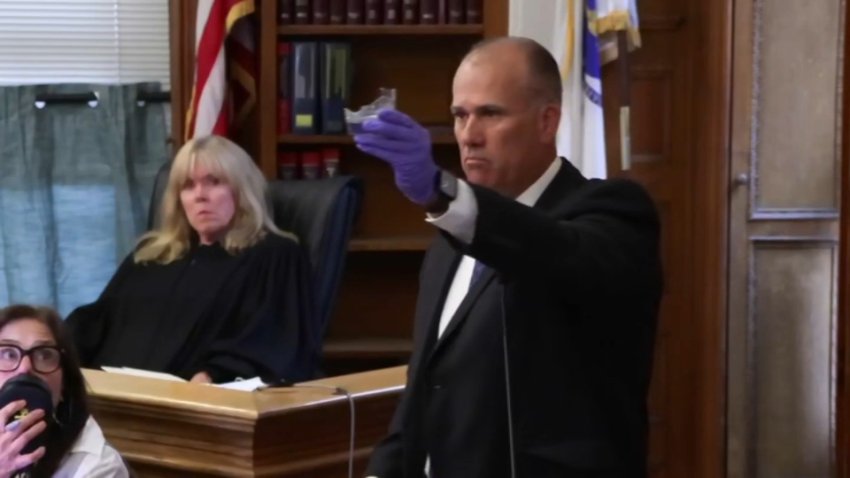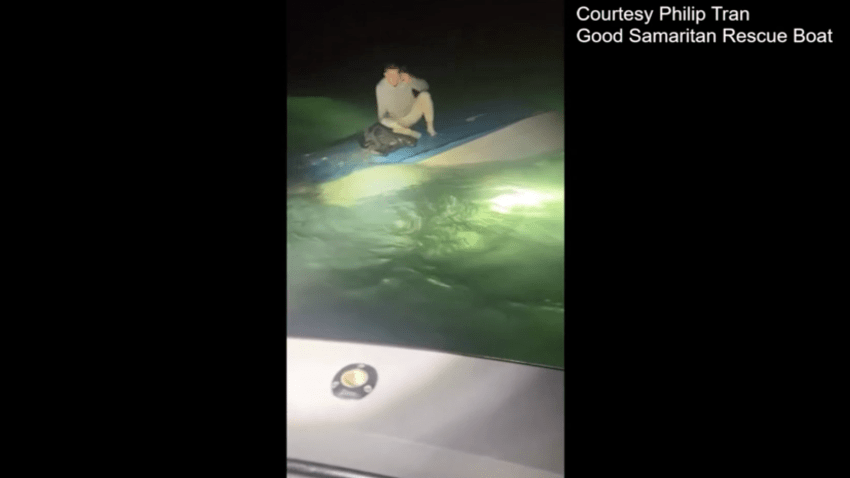
MBTA zoning law under microscope as lawmakers debate budget
The MBTA Communities Act requires communities with or near MBTA service to zone for multi-family housing and was meant to help improve the housing crisis

The MBTA Communities Act requires communities with or near MBTA service to zone for multi-family housing and was meant to help improve the housing crisis

What should we make of the Celtics missing an NBA-playoff-record 45 3-pointers in Game 1 vs. the Knicks? The stats tell two different stories.



Tuesday will be another full day of testimony for jurors in Karen Read’s retrial, after things got started for the week Monday with several key moments.

Mass. moves up on list of 10 best U.S. states

Crews worked overnight to rescue men trapped on the water after their boat capsized off the coast of Hyannisport, Massachusetts.

Keep your rain gear handy! We’re tracking even more wet weather on the way – with even some rain for part of your Mother’s Day weekend.

Mass. college to lay off over 100 employees, shutter campus

Police in Acton, Massachusetts, say a 64-year-old retired official with a different police department is facing charges and a supervisor who responded is on paid administrative leave

The Celtics shot just 15-for-60 from 3-point range in their Game 1 loss to the Knicks. That may have worked against the Magic, but it won’t fly in the East semifinals.

Jacob Henriques, an assistant admissions director at Emmanuel College in Boston, is facing a federal charge of attempted sex trafficking of a minor

The Celtics were without Kristaps Porzingis for majority of Game 1 vs. the Knicks after he departed with an illness in the first half.